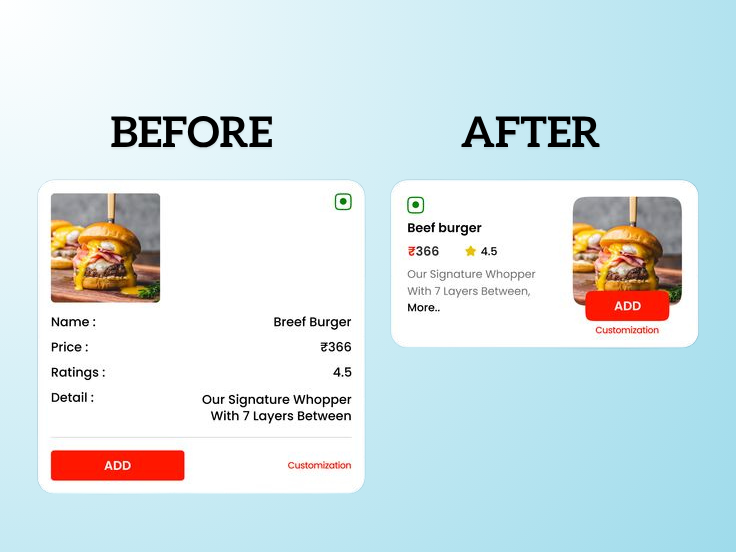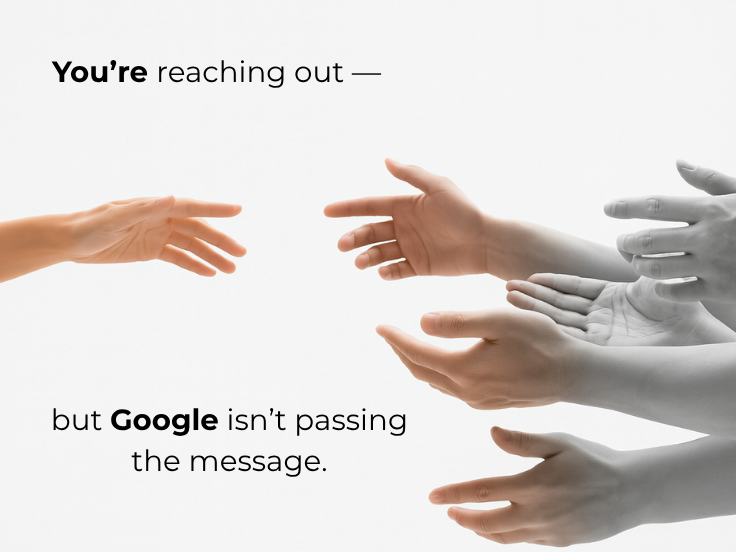Zero-Click Search Is Rising. LLM SEO Is Your Only Defense

If you’re still relying on old SEO tactics, your traffic will quietly vanish — not because you’re ranking lower, but because nobody is clicking anymore.
How to Avoid Common Web Design Mistakes That Drive Away Customers

Your website is like your digital shopfront – it needs to be clean, clear, and easy for customers to use. Here’s the simple truth: A slow site frustrates visitors.
10 Common SEO Mistakes and How to Avoid Them

Learn how to fix them with actionable tips and strategies to improve your rankings and drive more organic traffic to your site
How a Well-Designed Website Increases Your Leads by 50%

Discover how a well-crafted website can transform your visitor traffic into real, paying customers.
Top 10 Web Design Mistakes That Are Driving Away Your Customers

In India, where online competition is fierce and user attention spans are short, a poorly designed site can send visitors packing. Below are
Turn Visitors into Loyal Customers with a Powerful Website!

We never builds beautiful website; we create lead-converting site which is beautiful and designed to convert visitors into loyal customers.




